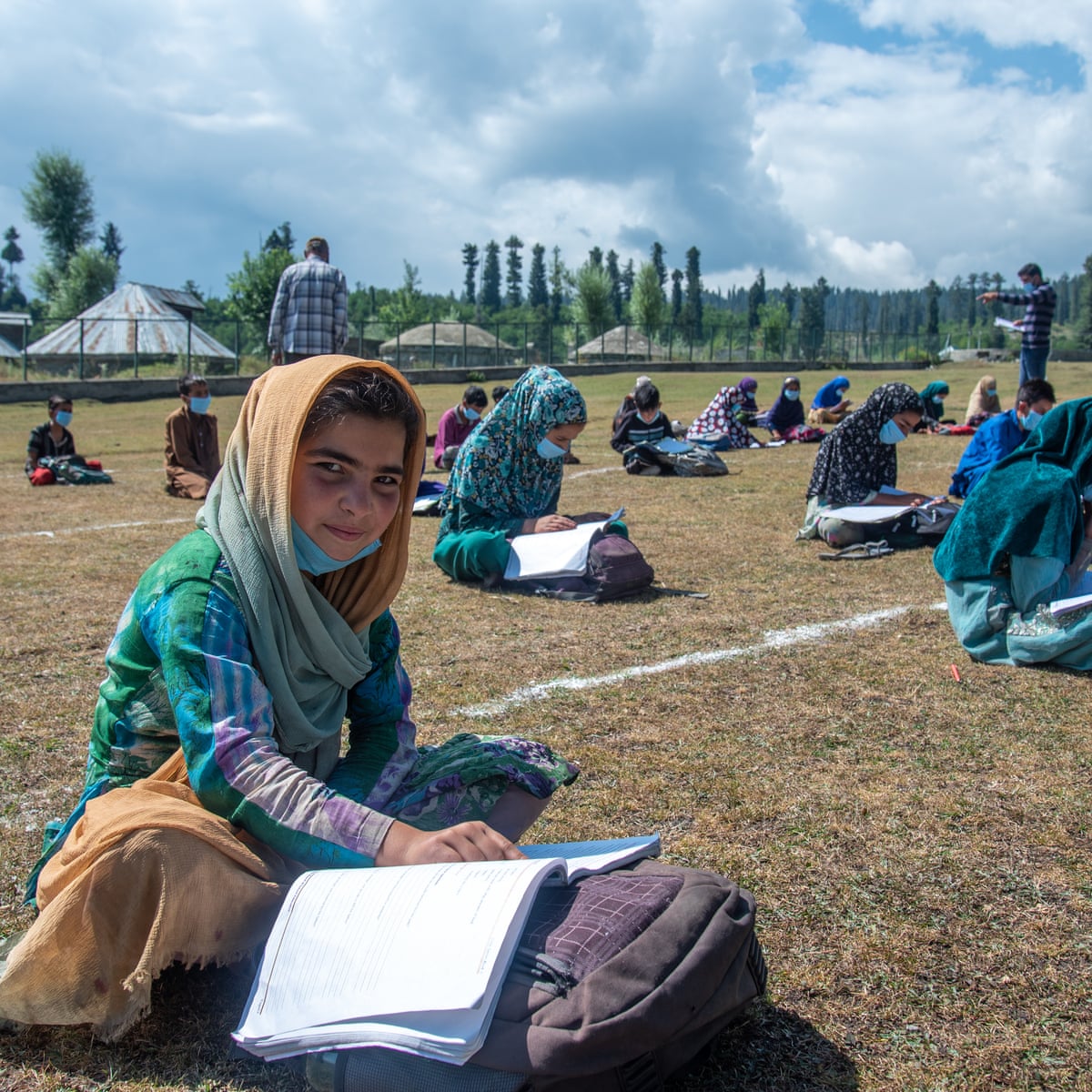Your cart is currently empty!
West Bengal’s Open Air Classroom Project: All You Need To Know About WB Govt’s Initiative
Published by
on

On February 7, the West Bengal government began ‘Paray Shikshalaya,’ a neighbourhood open-air school initiative for pupils in grades 1 through 7.
The goal of this project is to encourage students who were forced to drop out of school because of the Covid-19 outbreak to return to school.
Why was the project started in the first place: Classes for grades 8 to 12 began on January 31st across the state. Students in lesser classes, on the other hand, continued to enroll in online programmes. SFI, West Bengal Chhatra Parishad, and ABVP, student organisations, had been protesting in the streets for a week prior to this declaration, asking that all classrooms be reopened as soon as possible. The reopening of schools was also supported by a group of doctors and parents. The state government reopened schools and established this neighbourhood courses project in response to the increased demand for physical education classes.
Who is expected to be enrolled in these classes: Initially, the campaign was aimed at pupils in primary schools (1 to 5). Physical classes in schools did not reopen for students in grades 6 and 7, thus they were included as well. Batches of students are summoned. Mid-day meals have also been arranged for students taking classes in the neighbourhood.
Where did these classes take place: Classes were held in neighbourhood parks and grounds for schools without open-air venues. Local councils and MLAs assisted in the establishment of infrastructure in such parks, such as the erection of temporary shades and seats, as well as the provision of mid-day meals for the students. Classes were held in open-air locations at schools with such facilities. Students were seated on benches, and blackboards were arranged to simulate a school setting.
What was the initial response of students: On the first day, students were enthusiastic about their classes. Classes were held in a variety of locations throughout Kolkata, with approximately 30 to 40 children per school. Students were required to adhere to Covid-19 safety guidelines and wear masks at all times.
Who said what on this project: Pabitra Sarkar, an educationalist, was unsure if this approach would be beneficial. In an India Today report, he was quoted as saying, “I don’t know if the necessary infrastructure can be created for this.” The proposal, according to SFI state general secretary Srijan Bhattacharya, is a gimmick because the infrastructure to run regular sessions with such a large number of students does not exist. According to Saptarshi Sarkar, national secretary of the ABVP, the ‘Paray Sikshalay’ project was introduced without significant consideration, and that regular classes, even at the pre-primary level, will benefit the children. Trinamool Congress Chhatra Parishad state president Trinankur Bhattacharya, on the other hand, remarked that the state government’s innovative move will benefit students from lower socioeconomic strata who are unable to attend offline classes in buildings due to the epidemic.